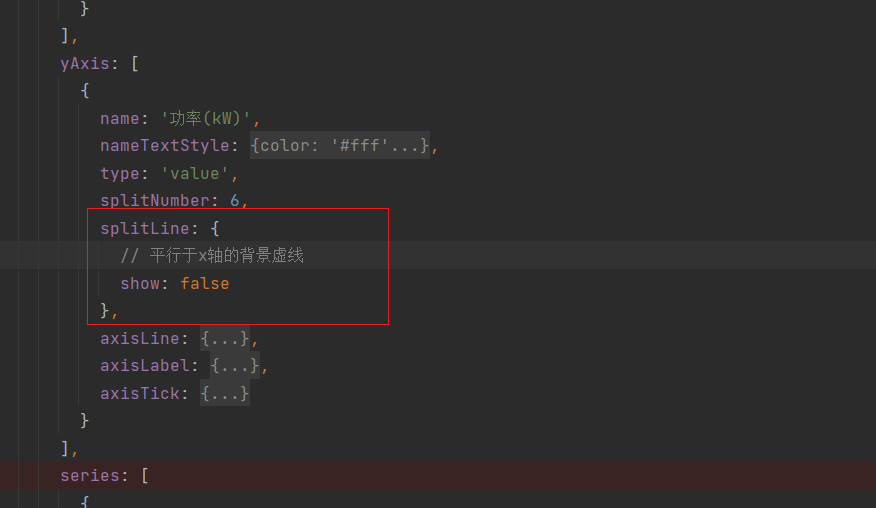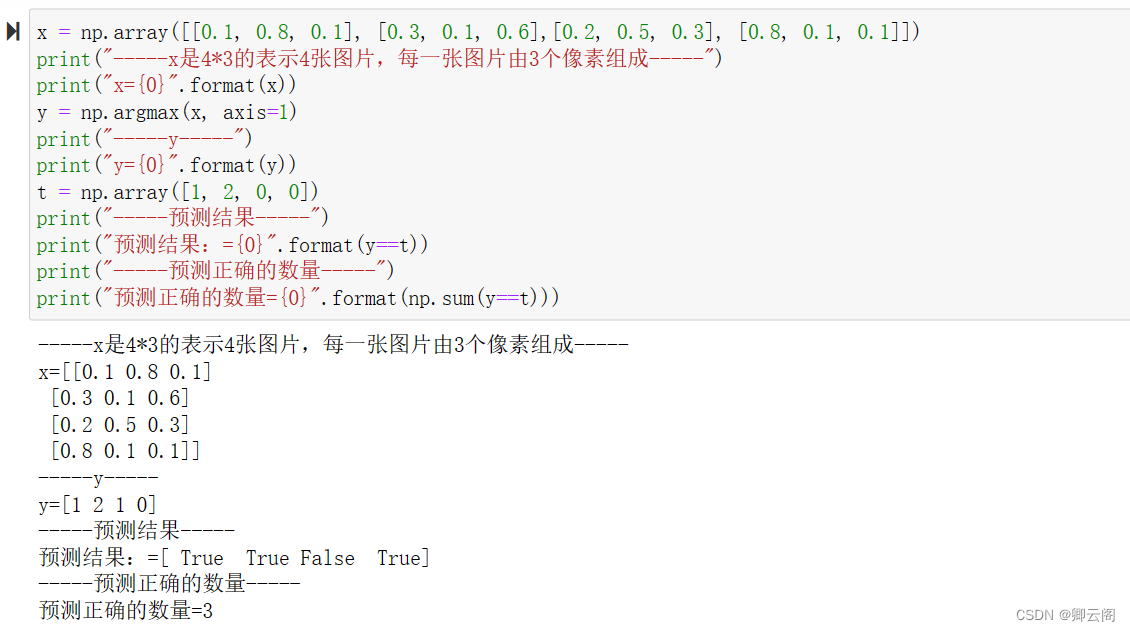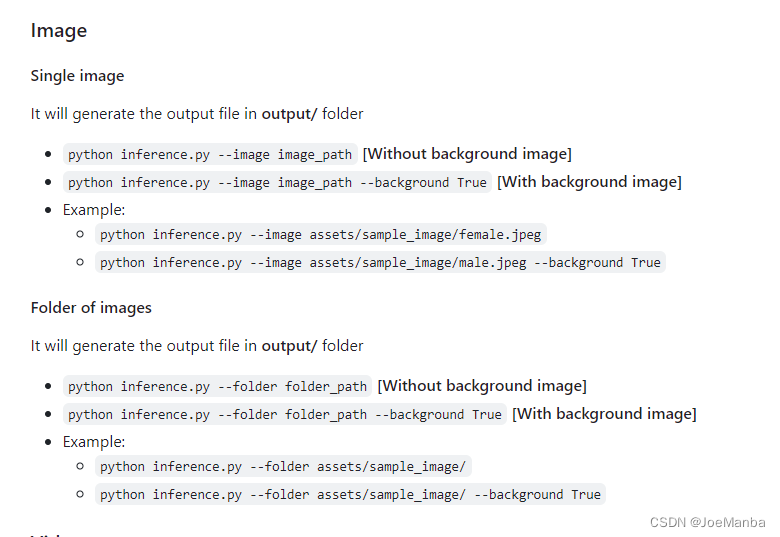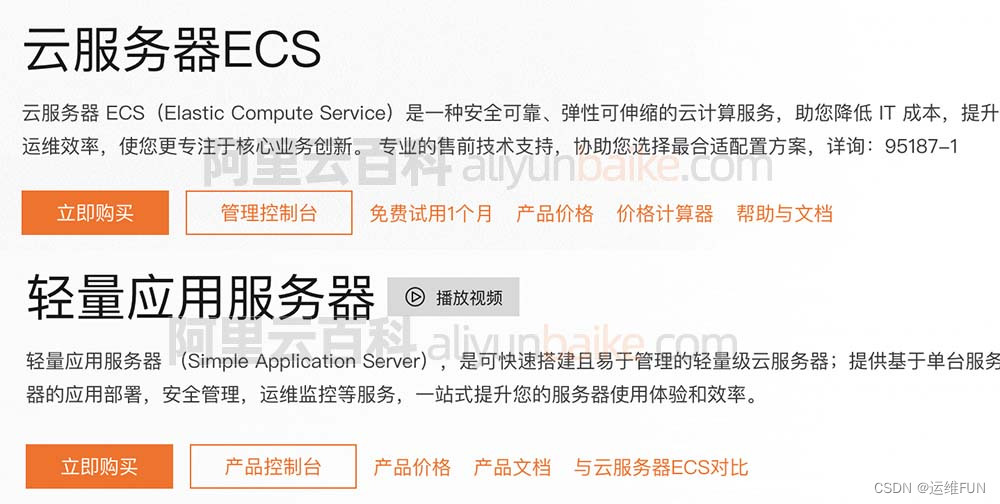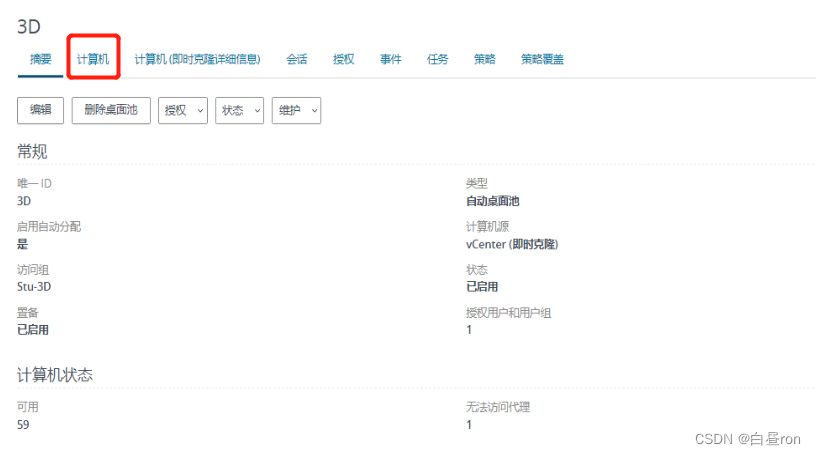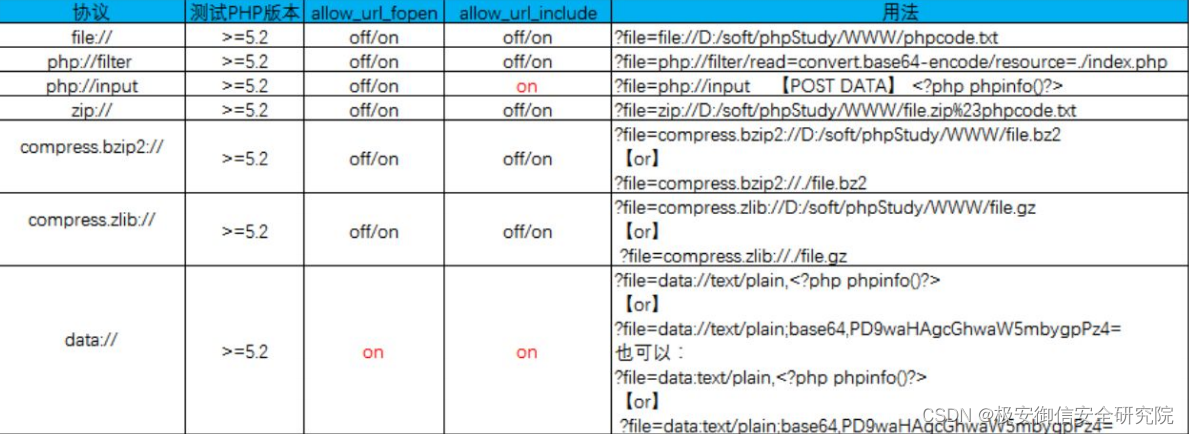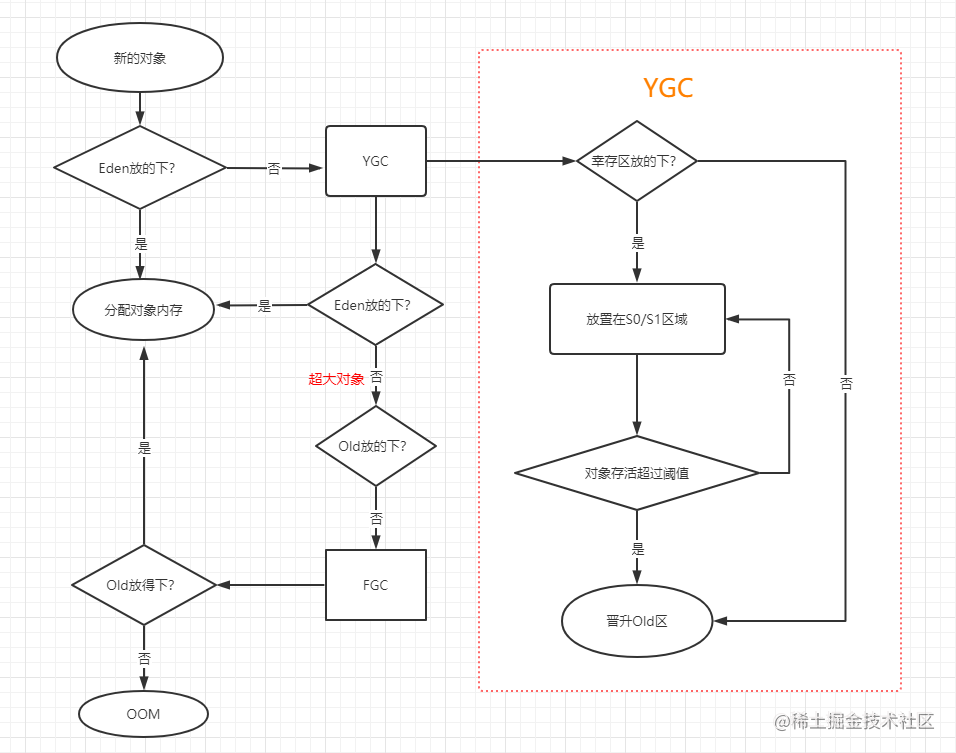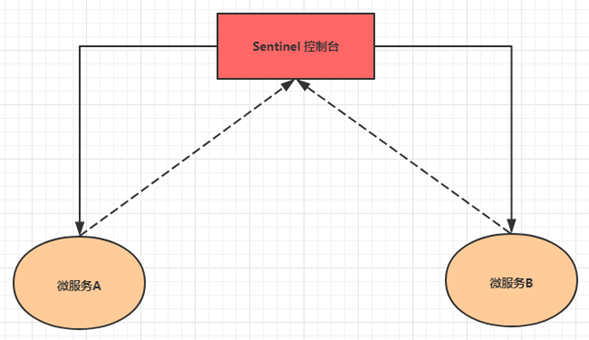- 并发编程中,线程池是很重要的一块内容。
线程池是一种池化技术,线程池、字符串常量池和数据库链接池都属于池化技术。
使用线程池的好处:
1.提高了线程的利用率(想一想,我们不可能每打一个电话,就去买一部手机吧?)
2.提高了程序的响应速度
3.方便统一管理线程对象
4.可以控制最大的并发数
线程池的模型如下: 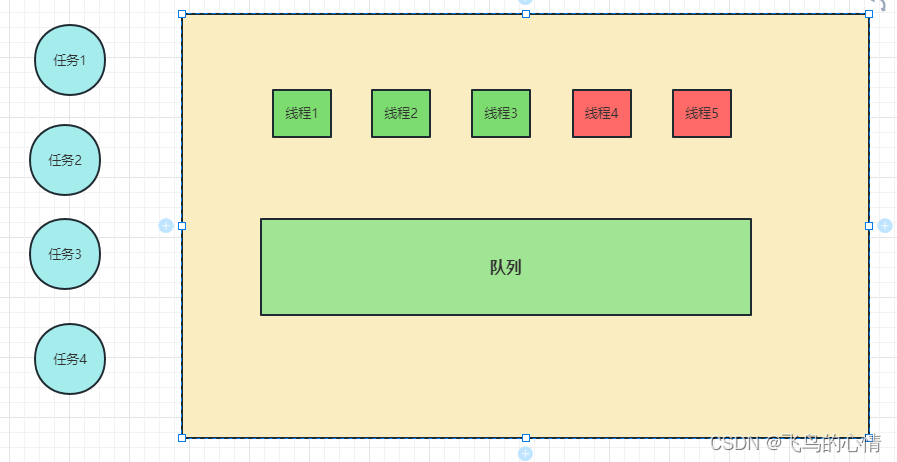
其实和在银行办理业务是一样的

对应关系如下:
顾客–》任务
线程池–》银行
线程池中的线程对象–》银行的服务窗口
队列–》座位
在java中我们在使用线程池的时候,
ExecutorService threadPoolExecutor = new ThreadPoolExecutor(3,
5,
1L,
TimeUnit.SECONDS,
new ArrayBlockingQueue<>(3)
, Executors.defaultThreadFactory(),
new ThreadPoolExecutor.AbortPolicy());
对应API
/**
* Creates a new {@code ThreadPoolExecutor} with the given initial
* parameters.
*
* @param corePoolSize the number of threads to keep in the pool, even
* if they are idle, unless {@code allowCoreThreadTimeOut} is set
* @param maximumPoolSize the maximum number of threads to allow in the
* pool
* @param keepAliveTime when the number of threads is greater than
* the core, this is the maximum time that excess idle threads
* will wait for new tasks before terminating.
* @param unit the time unit for the {@code keepAliveTime} argument
* @param workQueue the queue to use for holding tasks before they are
* executed. This queue will hold only the {@code Runnable}
* tasks submitted by the {@code execute} method.
* @param threadFactory the factory to use when the executor
* creates a new thread
* @param handler the handler to use when execution is blocked
* because the thread bounds and queue capacities are reached
* @throws IllegalArgumentException if one of the following holds:<br>
* {@code corePoolSize < 0}<br>
* {@code keepAliveTime < 0}<br>
* {@code maximumPoolSize <= 0}<br>
* {@code maximumPoolSize < corePoolSize}
* @throws NullPointerException if {@code workQueue}
* or {@code threadFactory} or {@code handler} is null
*/
public ThreadPoolExecutor(int corePoolSize,
int maximumPoolSize,
long keepAliveTime,
TimeUnit unit,
BlockingQueue<Runnable> workQueue,
ThreadFactory threadFactory,
RejectedExecutionHandler handler) {
if (corePoolSize < 0 ||
maximumPoolSize <= 0 ||
maximumPoolSize < corePoolSize ||
keepAliveTime < 0)
throw new IllegalArgumentException();
if (workQueue == null || threadFactory == null || handler == null)
throw new NullPointerException();
this.acc = System.getSecurityManager() == null ?
null :
AccessController.getContext();
this.corePoolSize = corePoolSize;
this.maximumPoolSize = maximumPoolSize;
this.workQueue = workQueue;
this.keepAliveTime = unit.toNanos(keepAliveTime);
this.threadFactory = threadFactory;
this.handler = handler;
}
其中线程池的几个重要参数是面试中经常被问的内容。
corePoolSize:核心线程数
maximumPoolSize:最大线程数
keepAliveTime:存活时间
unit:和keepAliveTime成对出现,存活时间的单位
workQueue:the queue to use for holding tasks before they are executed.这个队列用于存放任务,什么样的任务呢?在这些任务被执行之前的任务。也就是说,任务没执行的时候都放在这个阻塞队列中。
threadFactory:线程工厂。
handler:拒绝策略。
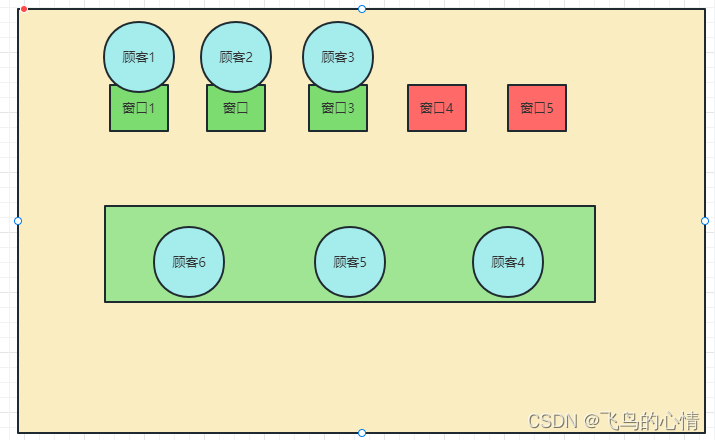

从上面的这个图会发现,其实线程池是非公平的,因为后面来的任务比先来的在那等着的任务先执行了。
以这个
new ThreadPoolExecutor(3,
5,
1L,
TimeUnit.SECONDS,
new ArrayBlockingQueue<>(3) //相当于就三个座位
, Executors.defaultThreadFactory(),
new ThreadPoolExecutor.AbortPolicy());
为例说明:
- 当顾客1来的时候,银行创建一个窗口1,那么顾客1发现有窗口1空闲,那么窗口1来为顾客1服务,
当顾客2来的时候,银行又创建一个窗口2,那么顾客2发现有窗口2空闲,那么窗口2来为顾客2服务,
当顾客3来的时候,银行又创建一个窗口3,那么顾客3发现有窗口3空闲,那么窗口3来为顾客3服务,
此时核心窗口数(核心线程数)达到了最大值
当顾客4来的时候,发现没有窗口,但是座位还有位置,那么坐在座位上等待,
当顾客5来的时候,发现没有窗口,但是座位还有位置,那么坐在座位上等待,
当顾客6来的时候,发现没有窗口,但是座位还有位置,那么坐在座位上等待,
此时座位(阻塞队列)已满
当顾客7来的时候,发现没有窗口,而且座位也没有位置,这个时候银行行长说:来吧!窗口4你也别歇着了,工作吧!这样窗口4启动,窗口4为顾客7服务,
当顾客8来的时候,发现没有窗口,而且座位也没有位置,这个时候银行行长又说:来吧!窗口5你也别歇着了,工作吧!这样窗口5启动,窗口5为顾客8服务,
此时最大窗口数(最大线程数)达到了最大值
当顾客9来的时候,发现没有窗口,而且座位也没有位置,这个时候,行长对顾客说:我们这里窗口数已经达到了(maximumPoolSize最大线程数),而且座位(BlockingQueue
workQueue)也满了,我们得使用拒绝策略了(RejectedExecutionHandler
handler,这种策略是抛出异常Exception in thread “main”
java.util.concurrent.RejectedExecutionException:…)
过了一段时间后,
最后,当没有顾客来的时候了,行长看
不用那么多窗口了,那么和窗口4和5说,再过1(keepAliveTime)s(unit)的时间你们可以下班了。所以我们称keepAliveTime为存活时间。
package cn.tulingxueyuan.xiaoshanshan.base.threadpool;
import java.util.concurrent.*;
public class MyThreadPool {
public static void main(String[] args) {
ExecutorService threadPoolExecutor = new ThreadPoolExecutor(3,
5, 1l, TimeUnit.SECONDS, new ArrayBlockingQueue<>(2)
, Executors.defaultThreadFactory(), new ThreadPoolExecutor.AbortPolicy());
try{
for(int i=0;i<8;i++){
threadPoolExecutor.execute(()->{
System.out.println(Thread.currentThread().getName() + "正在运行。。。。");
try {
Thread.sleep((int)(Math.random()*100)+1);
} catch (InterruptedException e) {
e.printStackTrace();
}
});
}
}finally {
threadPoolExecutor.shutdown();
}
}
}

